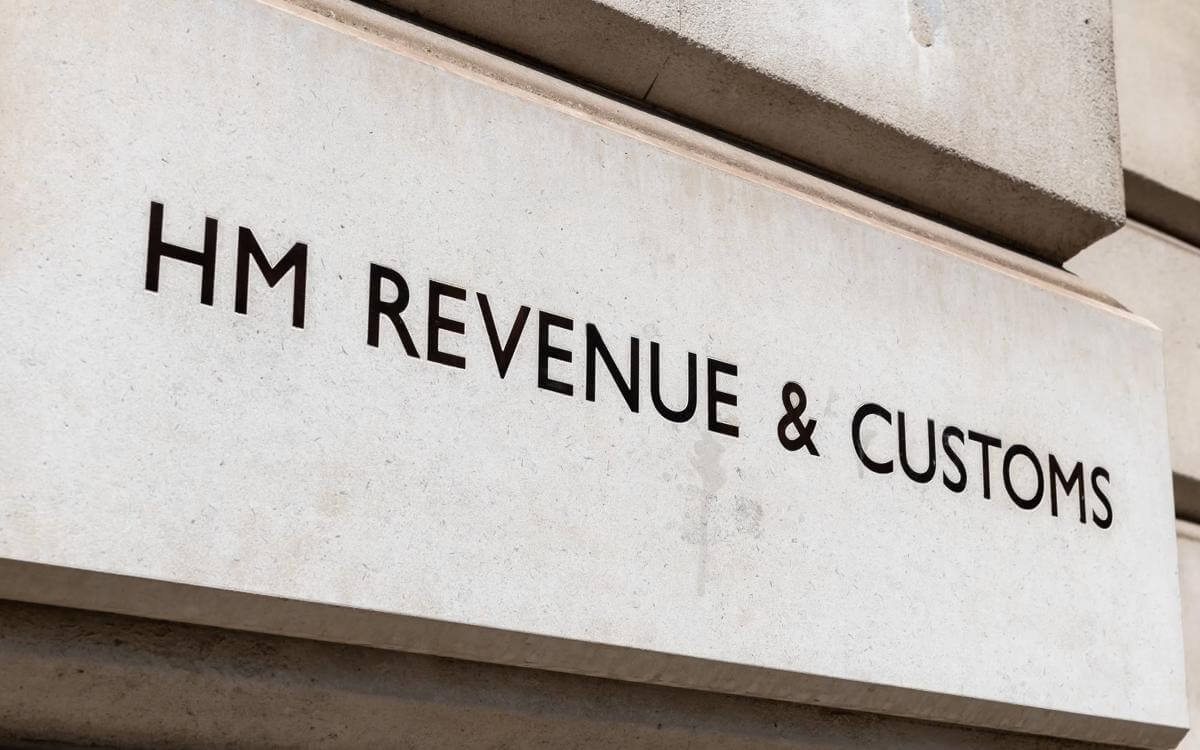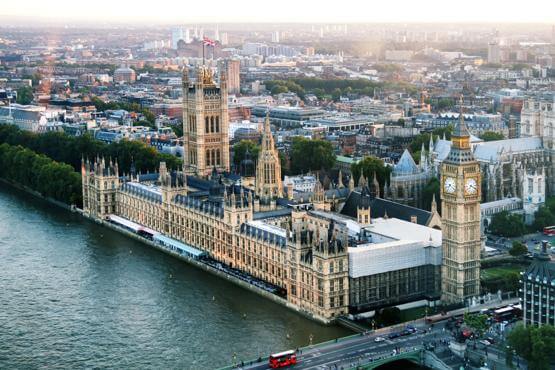Job Retention Scheme further information – 27 March 2020
Following on from our initial briefing note on the Coronavirus Job Retention Scheme published on 24 March 2020, the Government has now released further details about the Scheme and how it will operate.
Please note: the information contained in this legal update is correct as of the original date of publication
Following on from our initial briefing note on the Coronavirus Job Retention Scheme published on 24 March 2020, the Government has now released further details about the Scheme and how it will operate.
The updated guidance can be found here.
This goes into much more detail than the previous guidance and answers a number of questions for employers and employees alike. This briefing note should be read in conjunction with the above guidance and our previous briefing note.
- The scheme is expected go live at the end of April and will run for an initial period of three months, starting from 1 March. Under the scheme, employers can be reimbursed for wage costs for furloughed workers from 1 March 2020 until the scheme is launched. Claims for future wages will be paid by way of a grant from HMRC directly to the employer, to be used to pay the wages of furloughed employees.
- The minimum period of time for furlough is three weeks.
- The definition of “employee” has been confirmed as including full time and part time employees, employees on agency contracts and employees on flexible or zero hours contracts. However, there are also several references to “workers” in the guidance. Whilst the guidance is not explicit, our view is that the government appears to have adopting the wider definition of “employee” so that workers are also potentially eligible for the scheme. However, clarity would be helpful on this point. The rules also set out how employers should calculate the amount they claim for each employee based on whether they receive a fixed salary or variable pay.
- The new guidance clarifies the position in respect of employees who have been made redundant since 1 March 2020 and confirms that these employees will be eligible for the scheme if they are rehired by the employer and designated as furloughed.
- It has been confirmed that employers will need to seek agreement from staff to vary their contracts to allow for furloughing. Although there is reference to collective consultation potentially be necessary to procure agreement to contractual changes, it remains unclear as to precisely when collective consultation would need to be engaged. Given the intention behind the scheme is to provide immediate assistance to employers of all sizes, it would be counterintuitive to expect employers to carry out a lengthy consultation process before they could access the scheme. Further clarity is needed on this point and we would advise that employers who propose to furlough 20 or more employees to contact us for advice on their specific situation. It may also be that there are collective agreements in place for some workplaces which require consultation on changes to terms and conditions.
- The new guidance confirms that when selecting employees to be furloughed, employers must be sure not to discriminate against any individual employee or group of employees. Part time workers will also be protected from less favourable treatment compared to their full-time colleagues. Decisions on which employees to furlough should therefore be capable of being objectively justifiable on the grounds of furthering a legitimate aim i.e. the continuation of the business and the retention of jobs. It is important to note that employees hired after 28 February 2020 are not eligible for the scheme.
- Whilst employees are not able to carry out any work whilst they are on furlough, they can carry out training. If, however, they are asked to do this, then employers must ensure that they are paid the National Minimum Wage/National Living Wage for the time spent training and this may require the employer to top up the 80% that is subsidised.
- The government has confirmed that grants to employers under the scheme will cover a) the lower of 80% of an employee’s regular wage or £2,500 per month, b) the associated Employer National Insurance contributions and c) the minimum automatic enrolment employer pension contributions on that subsidised wage. Fees, commission and bonuses should not be included. Further guidance is awaited on how employers should calculate claims for NICs and pension contributions before the scheme goes live. The sums paid to employees should be taxed in the usual way.
- Employers (whether in the private or public sector) which are receiving public funds to cover staff costs should not be making use of the furlough scheme if those funds are continuing.
- Employees who have been furloughed retain all of their employment rights, including the right to statutory payments and rights against unfair dismissal. The guidance includes specific information in respect of employees on maternity leave, unpaid leave or statutory sick pay.
Given the nature of the situation that employers find themselves in, our view is that employment tribunals are likely to be sympathetic to employers in the event of any claims arising out of the furloughing of workers, and should take a more flexible approach than might otherwise have been the case. This does not mean that employers should not have regard to all of their obligations towards their employees when considering using the scheme, and we would advise clients to ensure they are retaining evidence to show why they took a certain course of action and how they implemented the scheme within their workforce, including in terms of communications with the workforce and any consultation that took place.
Finally, no further guidance has been given on how the scheme will be policed and we repeat our previous guidance that monitoring of compliance with scheme rules may be done retrospectively, and employers should therefore be sure to keep an audit trail that shows that the use of the scheme was appropriate and necessary to prevent redundancies attributable to this crisis.
Contact

Mark Hickson
Head of Business Development
onlineteaminbox@brownejacobson.com
+44 (0)370 270 6000








































